Recasting the Big 5
Meet ‘The New Big 5’ of wildlife photography and find out
how travel can help these endangered animals


Photographs: Graeme Green; Nelis Wolmarans; Marina Cano; Shutterstock; Anette Mossbacher
Photographs: Graeme Green; Nelis Wolmaran; Marina Cano,; Shutterstock; Anette Mossbacher
Although many travellers think that the ‘Big Five’ refers to Africa’s most beautiful, most popular or largest wildlife, it’s actually an old term with a grim history. It was used by trophy hunters in Africa for the five most-prized and dangerous animals to shoot and kill: elephant, rhino, leopard, Cape buffalo and lion.
The New Big 5 project now has a better use for that term: to celebrate the animals that we share the planet with via photography. Launched in April 2020, the international initiative set out to create a new ‘Big Five’, this time of wildlife photography rather than hunting. Shooting with a camera, not a gun.
Created by British photographer Graeme Green, the project is supported by more than 250 global photographers, conservationists and wildlife charities. Among that illustrious number is Dr Jane Goodall, Chris Packham, Marsel van Oosten, Jonathan and Angela Scott, Levison Wood, Save The Elephants, Dian Fossey Gorilla Fund, Polar Bears International, the Orangutan Foundation, and many more.
The project started with travellers from around the world being invited to vote on The New Big 5 website (newbig5.com) for their five favourite animals to photograph or see in photos. The results of the year-long vote have come in and been counted. The five animals chosen by the public for The New Big 5 of wildlife photography are: elephants, polar bears, tigers, gorillas and lions.
The New Big 5 offers a different bucket list for travellers, wildlife lovers and photographers to experience in their lifetime, one based on life, art and creativity, rather than one that is rooted in hunting. Visiting the places where The New Big 5 animals live helps support local people and also the vital conservation work being done to protect these and other threatened species. All of The New Big 5 face serious threats to their existence and are listed as ‘Endangered’, ‘Critically Endangered’ or ‘Vulnerable’ on the IUCN’s Red List of Threatened Species. But they’re just the most visible tip of an iceberg, and part of the project’s aims is to shine a broader light on conservation efforts across the globe and of humanity’s relationship with the natural world.
“We now have the results of The New Big 5 project,” says Dr Jane Goodall. “These five animals – elephants, polar bears, gorillas, tigers and lions – are such remarkable species, and are wonderful ambassadors for the world’s wildlife, from iconic species to little-known frogs, fish and birds. So many face threats to their survival from issues such as poaching, habitat loss and climate change. A million species are at risk of extinction. If we work together, we can stop this happening. There is always hope. Change is possible if we each play our part.”
Polar bears

People are often surprised to discover that polar bears are classified as marine mammals, thanks to their spending most of their lives on the Arctic Ocean’s sea ice. As such, they’re naturally excellent swimmers, with paws measuring up to 30cm across, useful too for padding around on ice and snow. They can cover vast ranges of more than 600,000 sq km in countries including Canada, Norway, Greenland and Russia.
Scientists estimate the global polar bear population is around 23,315 bears. The International Union for Conservation of Nature (IUCN) lists the animal as ‘Vulnerable’, with an estimated decline of 40% in some populations, such as the one from the Southern Beaufort Sea at North America’s north-western tip.
The greatest threat to polar bears’ survival is the climate change-caused loss of sea ice, which they rely on to hunt, travel, breed and raise their young. Polar bears are also hunted for their fur, which is often sold to markets in Asia. Industrial activity, including oil drilling, also causes disturbances to dens, reducing cubs’ chances of survival.
Krista Wright, Executive Director, Polar Bears International
“I’m so excited polar bears are part of The New Big 5. They’re keenly intelligent and endlessly fascinating to photograph and watch – mothers snuggle with cubs, big males play-wrestle in the snow, and curious youngsters play with kelp along the shore. No two viewings are the same.
“I’m also drawn to polar bears because they are such a powerful symbol of sea ice loss from global climate warming and a poignant messenger on the urgent need to act. If we do not act swiftly, not only do we face a future without polar bears but climate impacts will threaten our most basic needs for survival such as clean air, clean water and food availability. What affects polar bears, affects us all.”
Did you know?
Polar bears’ fur isn’t actually white. Each shaft of hair is pigment-free and transparent, with a hollow core that scatters and reflects visible light, in much the same way that ice and snow do, which makes their hair appear white to the human eye.
Best places to see polar bears
Churchill, Manitoba, in Canada is renowned as the ‘polar bear capital of the world’ as it’s in middle of the migratory route of the Western Hudson Bay polar bear sub-population. Wexas Travel’s week-long tailor-made Polar Bears of Churchill trip includes three nights at the Tundra Inn in Churchill, where unique tundra buggies get guests close to the Arctic wanderers; from £4,775pp; wexas.com.
Spitsbergen, in Norway’s Svalbard region, is one of the world’s most-likely destinations to observe the world’s largest carnivores in their natural habitat, as well as other Arctic wildlife, from whales to reindeer. Intrepid Travel’s 14-day Spitsbergen in Depth costs from £9,400pp; intrepidtravel.com
For something even more remote, head to Wrangel Island, off the far-eastern coast of Russia, the world’s ‘maternity ward for polar bears’. Heritage Expeditions’ 15-day Across the Top of the World: Wrangel Island expedition cruise also has the potential to uncover Pacific walruses and grey whales. From US$9,350pp (£6,879); heritage-expeditions.com
PHOTO TIP – 'Be prepared for the cold'
“In the Arctic, it can get very cold, so dress in layers and dress properly for the conditions. It’s far better to be overdressed and shed layers instead of not being warm enough. There’s nothing worse than having to cut your shoot short because you weren’t properly prepared for the conditions – and even worse if you’re shooting with others and end up cutting their time short too."
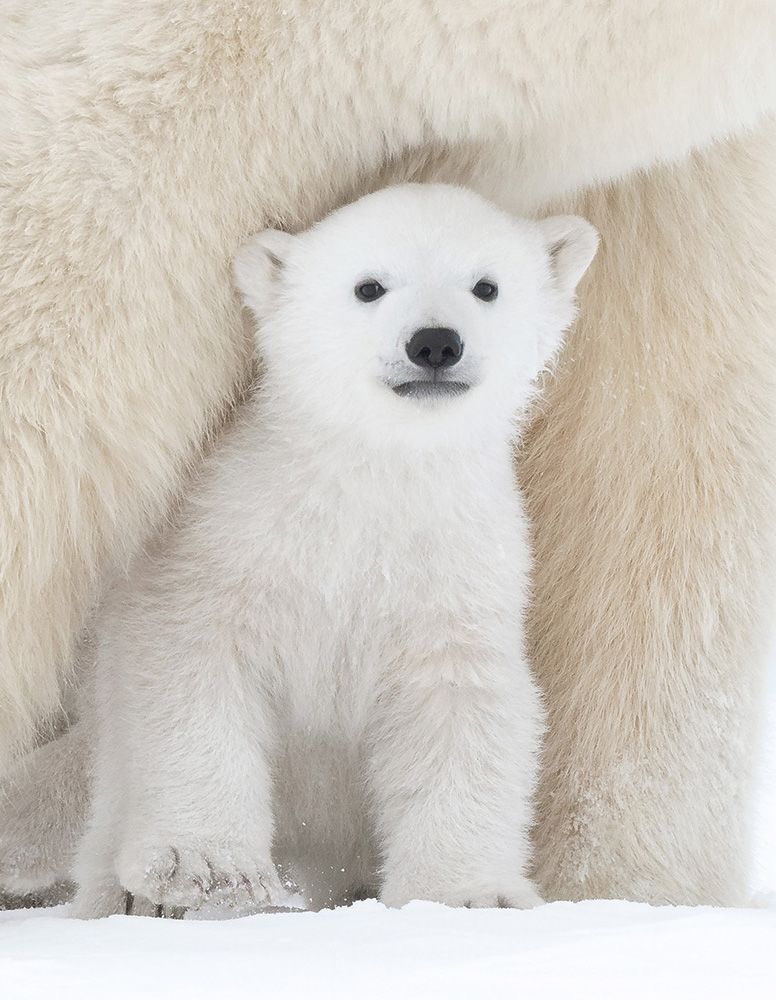
Photo by Daisy Gilardini
Photo by Daisy Gilardini
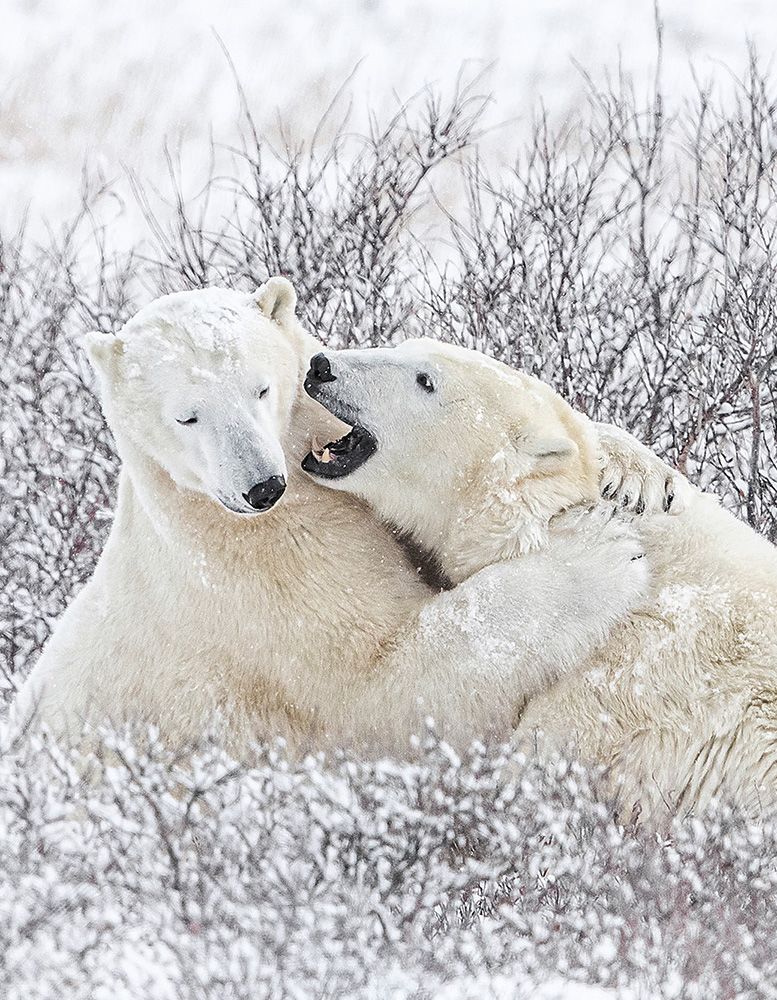
Photo by Dave Sandford
Photo by Dave Sandford
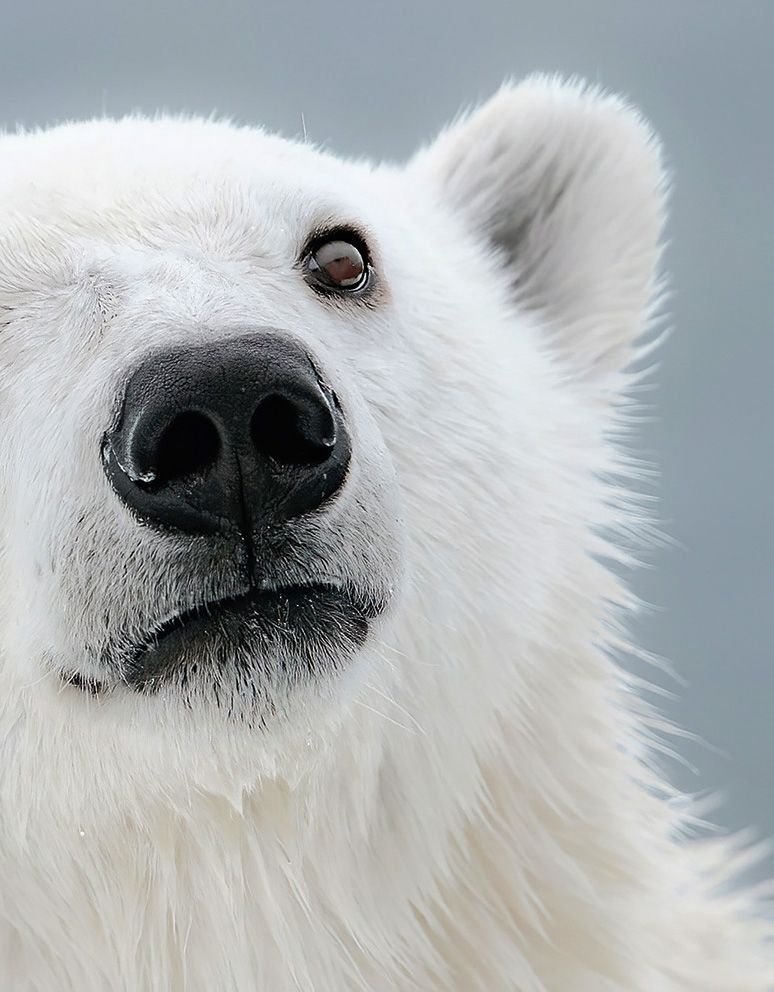
Photo by Dave Sandford
Photo by Dave Sandford
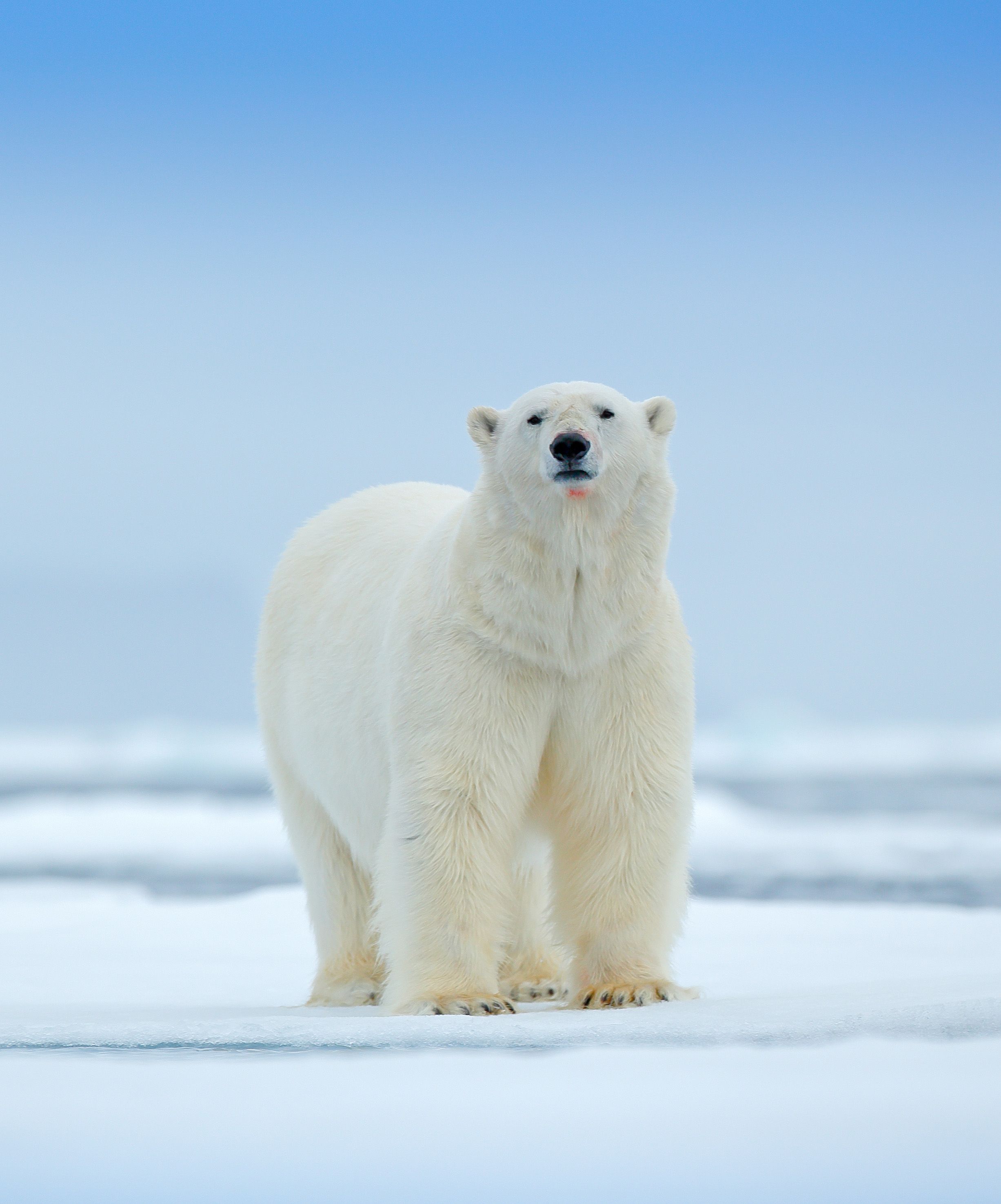
Photo by Shutterstock
Photo by Shutterstock
Gorillas

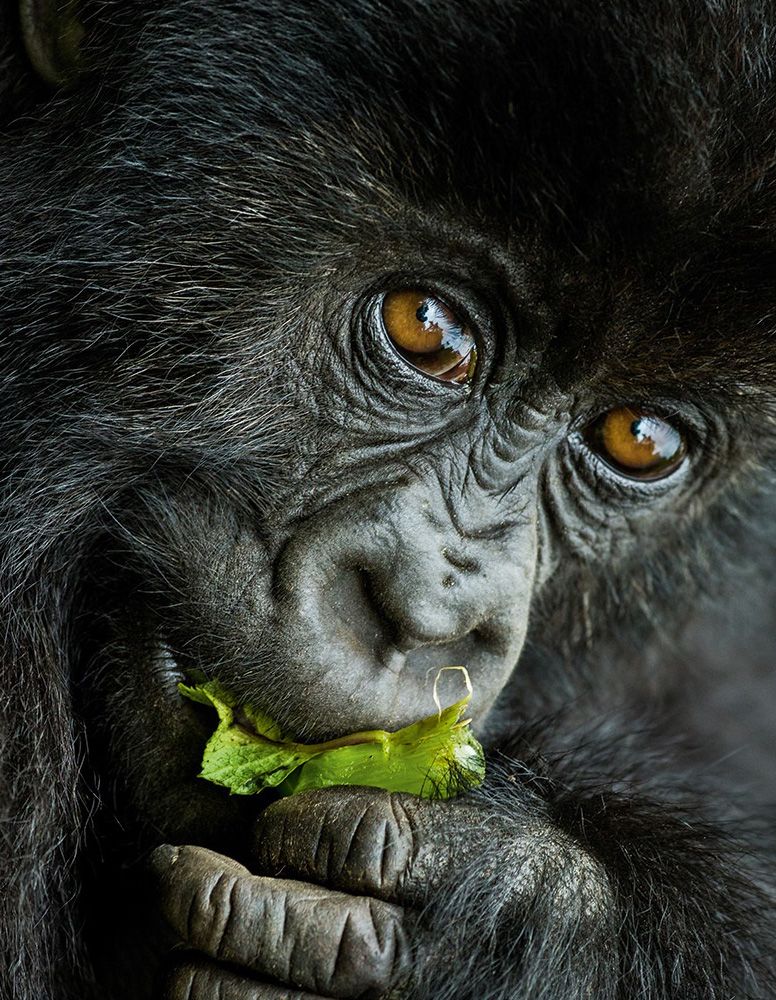
Photo by Nelis Wolmarans
Photo by Nelis Wolmarans
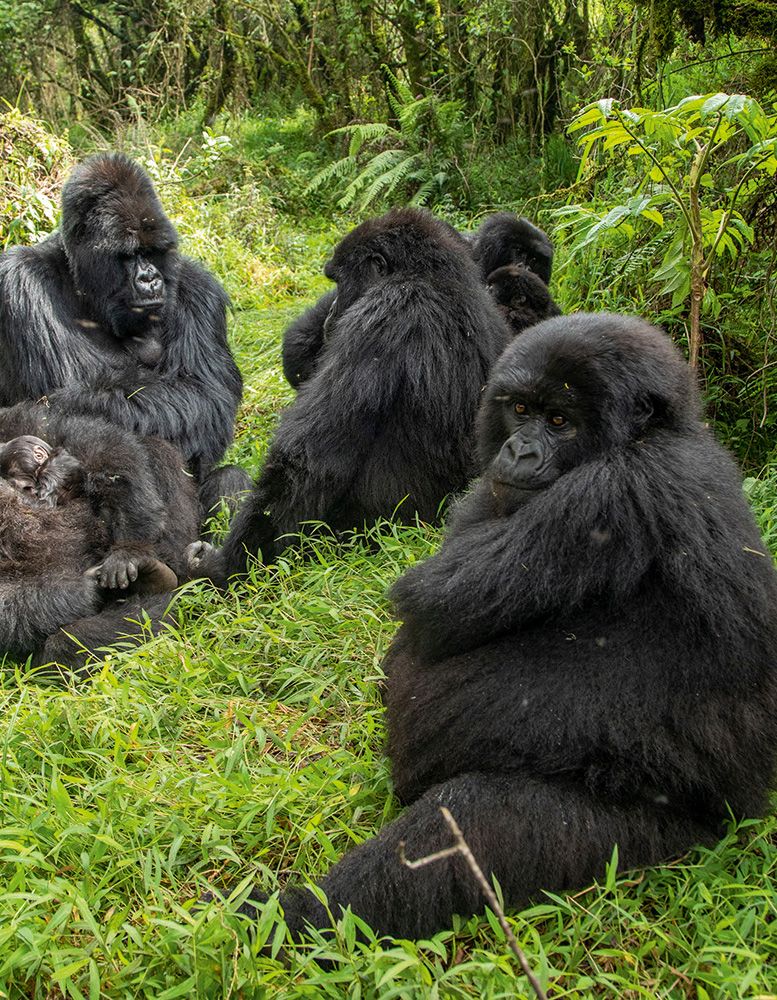
Photo by Usha Harish
Photo by Usha Harish
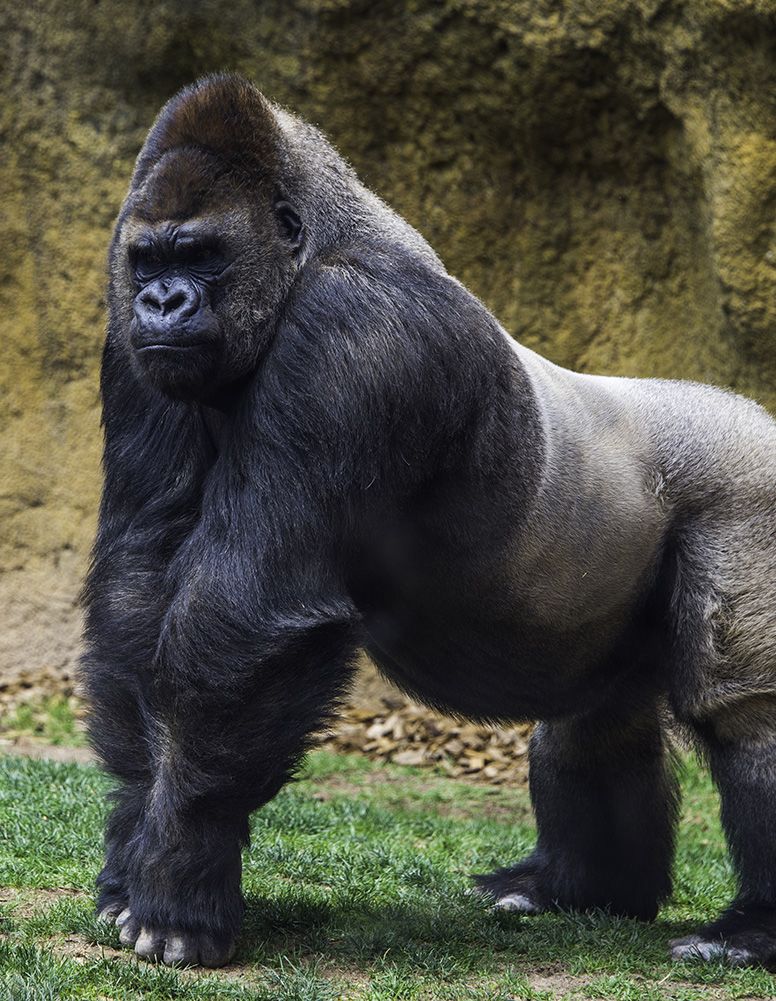
Photo by Shutterstock
Photo by Shutterstock
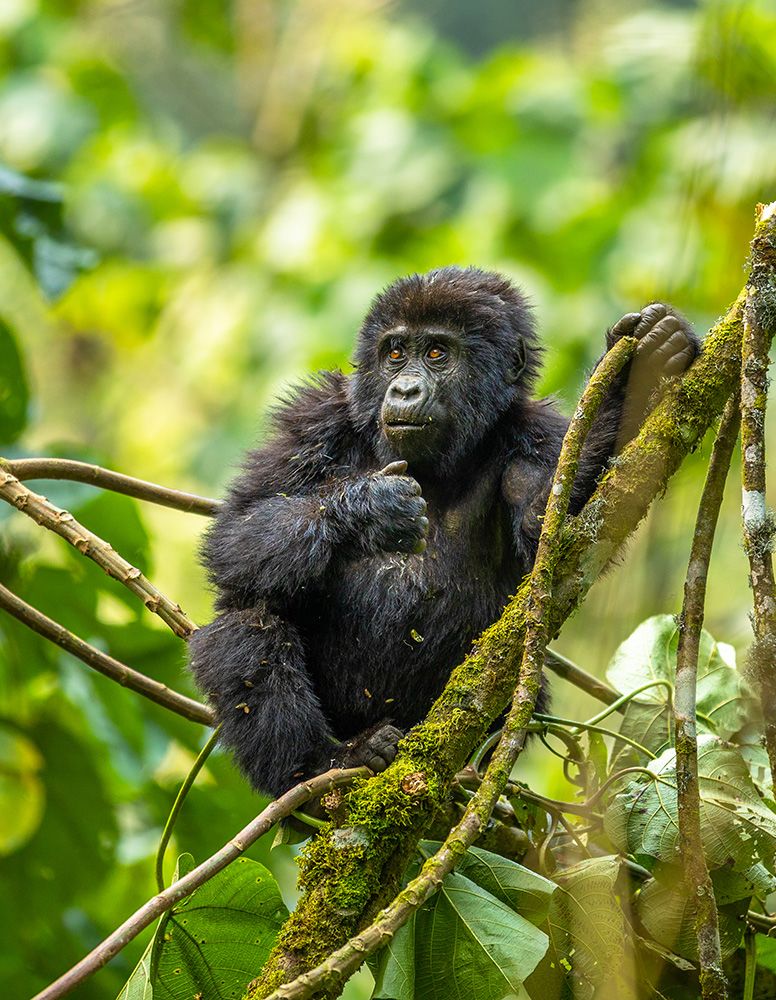
Photo by Shutterstock
Photo by Shutterstock
Gorillas are the world’s largest primate and share more than 98% of their DNA with humans. They’re vital to the health of forest habitats, maintaining plant growth and distributing seeds. However, gorilla populations are losing their habitat due to human encroachment, mining and climate change; dangerous snares left by bushmeat-hunting poachers can inflict often-fatal injuries.
Mountain gorillas are mainly found in just three African countries: Rwanda, Uganda and Democratic Republic of Congo (DCR). But while effective conservation work means their populations are slowly recovering – they’ve been reclassified from ‘Critically Endangered’ to ‘Endangered’ – the last census of mountain gorillas put their number at just 1,063.
Grauer’s gorillas (or eastern lowland gorillas), found only in DRC, face a more bleak future. Listed as ‘Critically Endangered’, there are an estimated 3,800 of this sub-species remaining, a drop of 80% in just two decades.
Dr Gladys Kalema-Zikusoka
Founder/CEO of Conservation Through Public Health
“A good photograph can bring out gorillas’ personalities and inspire people to protect them. If you’re able to catch a mountain gorilla’s eyes and facial expressions, the image can be extremely powerful. On top of being curious and intelligent, younger gorillas are playful and adults tend to be more thoughtful, enabling a wide range of expressions to be captured.
“Mountain gorilla numbers are thankfully increasing slowly, a sign of successful conservation efforts in their countries. Grauer’s gorillas are declining in dangerous numbers, though. We must do everything we can to ensure gorillas have a future with us on the planet.”
Did you know?
Gorillas move ‘home’ a lot. They construct new nests to sleep in every night, with infants usually sharing a nest with their mother. Researchers count gorilla nests to figure out the size of a group, as well as an area’s overall population.
Best place to see gorillas
Rwanda and Uganda offer the best, safest opportunities to see a gorilla in the wild. A permit in Rwanda costs US$1,500 (around £1,080). In Rwanda, head to Volcanoes National Park to spend time with mountain gorillas, staying in Bisate Lodge. The Luxury Safari Company organise a 7-night stay from £13,780pp, including three permits; theluxurysafaricompany.com
Generally cheaper than Rwanda, Uganda offers gorilla tracking in Bwindi Impenetrable National Park. See the gorillas and then visit the chimps at Murchison Falls and Kibale Forest national parks with Wildlife Worldwide on their 14-day Uganda’s Unforgettable Wildlife tour, from £5,395pp;
wildlifeworldwide.com
For a chance to see western lowland gorillas, venture into the Republic of the Congo. Rainbow Tours takes in Odzala-Kokoua National Park on their 11-day Congo Explorer & Gorillas adventure, from £8,659pp, with the opportunity to see other animals, from forest elephants to moustached monkeys; rainbowtours.co.uk
PHOTO TIP – ‘Be quiet'
“Set your camera to ‘silent’ mode. When spending time with gorillas, you want to be as peaceful, quiet and non-intrusive as possible, so they relax around you. The beeping of a camera doesn’t help. You want to avoid alerting the animal so you get candid shots of them in their natural habitat. The weather can also be unpredictable, so I always pack a rain jacket for myself and a rain cover for my camera.”
Tigers

Of all the big cats, the tiger is the closest to extinction, listed globally as ‘Endangered’ on the IUCN’s Red List of Threatened Species. There are only around 3,900 left in the wild globally but an estimated 20,000 tigers in captivity globally, many of them in Tiger King-style zoos and ‘sanctuaries’. This removal has a broader knock-on effect: tigers maintain the balance of predator and prey, helping to preserve an ecosystem’s delicate equilibrium.
The illegal wildlife trade in tiger bones, skins and other products, used for medicine or decorations in China, Vietnam and other parts of Asia, continues to fuel the rapid decline. Habitat destruction and human-wildlife conflict also add to the crisis.
In India, numbers are stable, but wild tigers have been largely wiped out in Cambodia, Vietnam, Laos and China; the Malayan (150-200 left) and Sumatran (300-370) sub-species are listed as ‘Critically Endangered’. There are thought to be around 175 tigers roaming in Thailand; in contrast, that country has an estimated 2,500 in captivity.
Poonam Dhanwatey
Co-Founder and Trustee, Tiger Research and Conservation Trust (TRACT)
“I love wild cats, so I am delighted tigers have made it into The New Big 5. Tigers are a very interesting subjects for photographers, with their golden hues in the sun and their extreme range of expressions that they display, from playfulness with the cubs to being the ultimate predator.
“Unfortunately, there are barely 3,900 tigers left in the wild. They face many threats, from poaching for their skins and bones, from fragmentation of habitat and from human-wildlife conflict. It’s an absolute tragedy that these creatures are endangered. This is the time to work across boundaries and across landscapes to save them.”
Did you know?
Tigers are equipped with soft toe pads, enabling them to walk silently through the forest, which makes them stealthy and effective hunters. A tiger often travels up to 20km a night for hunting. One meal, such as a large deer, can provide enough food for a week.
Best places to see tigers
Debate rages as to the best place to see tigers in India. Bamboo Travel’s 13-day On The Tiger’s Trail tour includes the renowned national parks of Bandhavgarh and Kanha (setting of Rudyard Kipling’s The Jungle Book)as well as the quieter Panna National Park and nearby Khajuraho temple complex, from £3,290pp; bambootravel.co.uk
Founded in 1934, Periyar National Park was declared a tiger sanctuary in 1978 and still has one of the highest concentrations of this big cat. Hayes & Jarvis seek out tigers here as part of their 10-day Kerala, South India trip, from £2,099pp; hayesandjarvis.co.uk
Though more elusive, tigers can also be seen in Nepal’s national parks, such as Bardia and Chitwan. Transindus’ 12-day Wildlife of Nepal experience takes in both, from £3,355pp.
transindus.co.uk
For a remote adventure, track Siberian tigers and the elusive Amur Leopard on a snow-covered safari in Russia’s Durminskoye Reserve. Responsible Travel’s 10-day Siberian Tiger & Amur Leopard Tours In Russia costs from £2,995; responsibletravel.com
PHOTO TIP – 'Be patient'
“Photographing tigers is ripe with challenges. Tigers can be elusive, and they require patience so be prepared to invest a lot of time. It can take
time to even find a tiger, and then it can take hours, days or even weeks to capture a powerful image.”
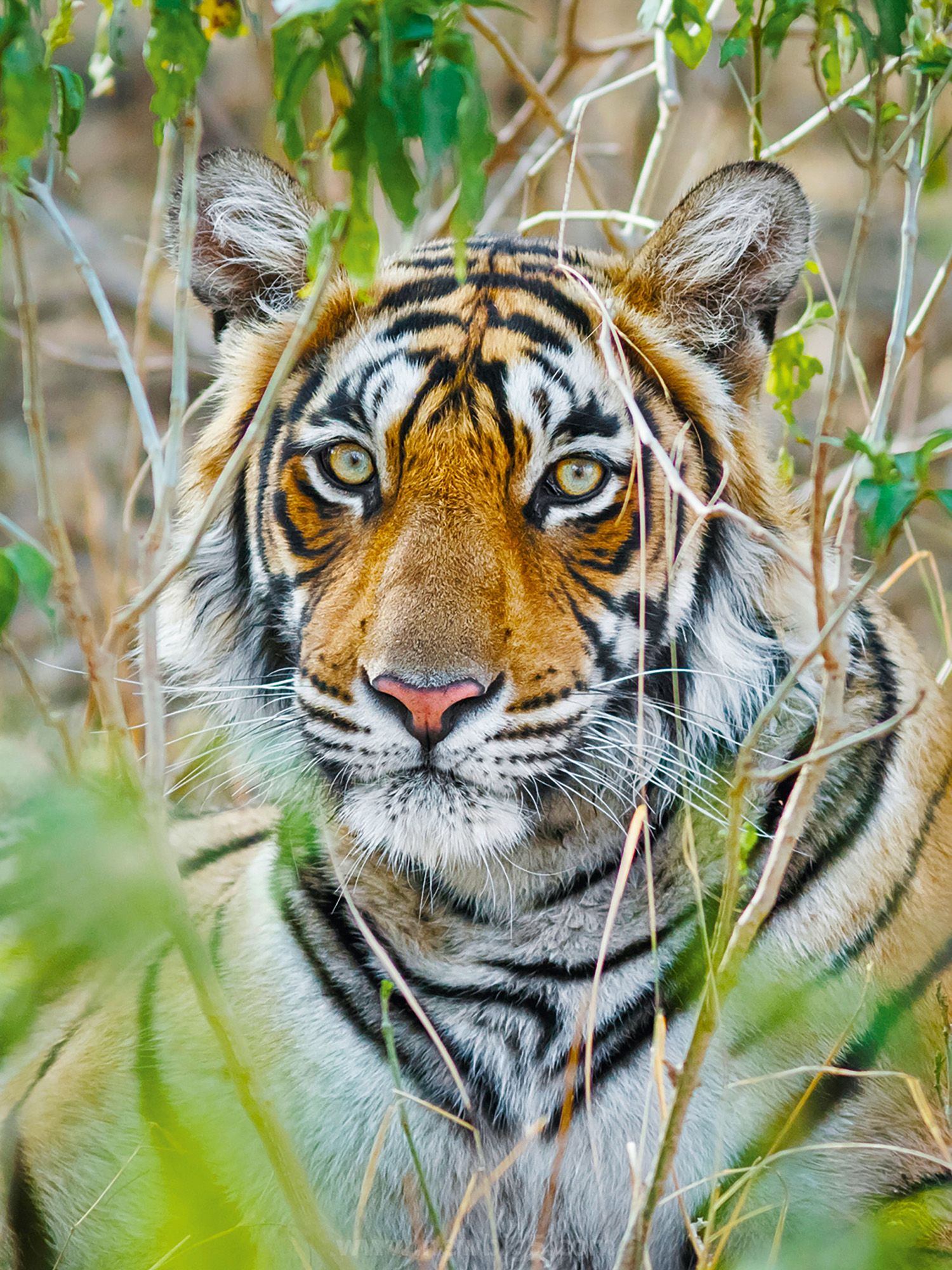
Photo by Anette Mossbacher
Photo by Anette Mossbacher
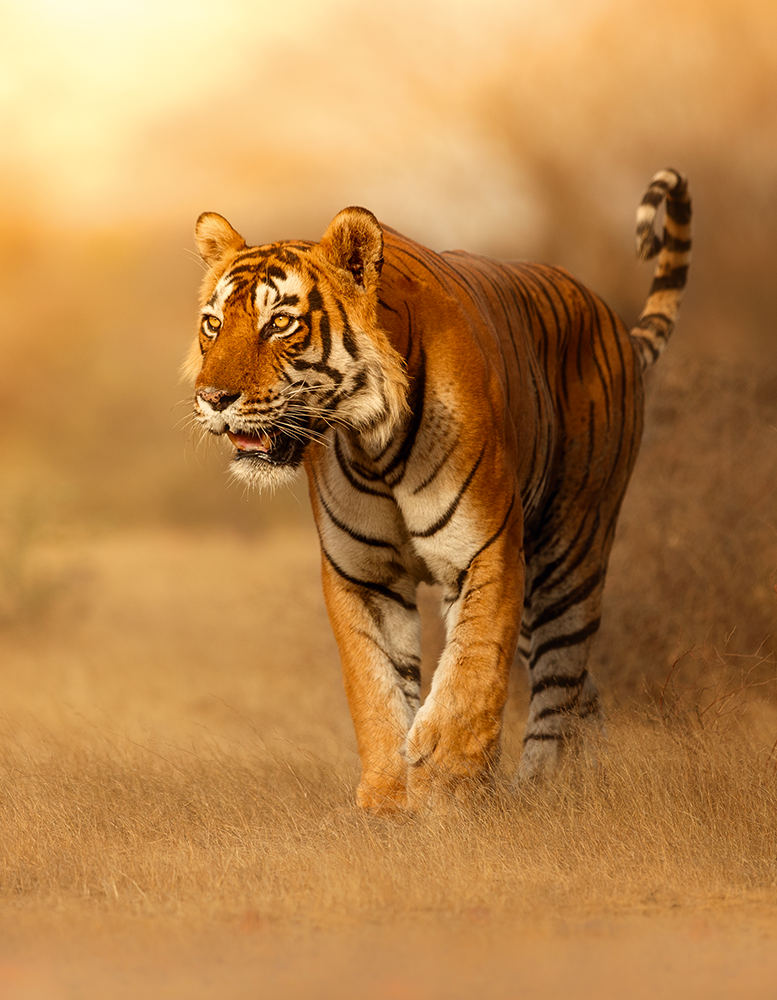
Photo by Vladimir Cech Jr/ vladimircechjr.com
Photo by Vladimir Cech Jr/ vladimircechjr.com
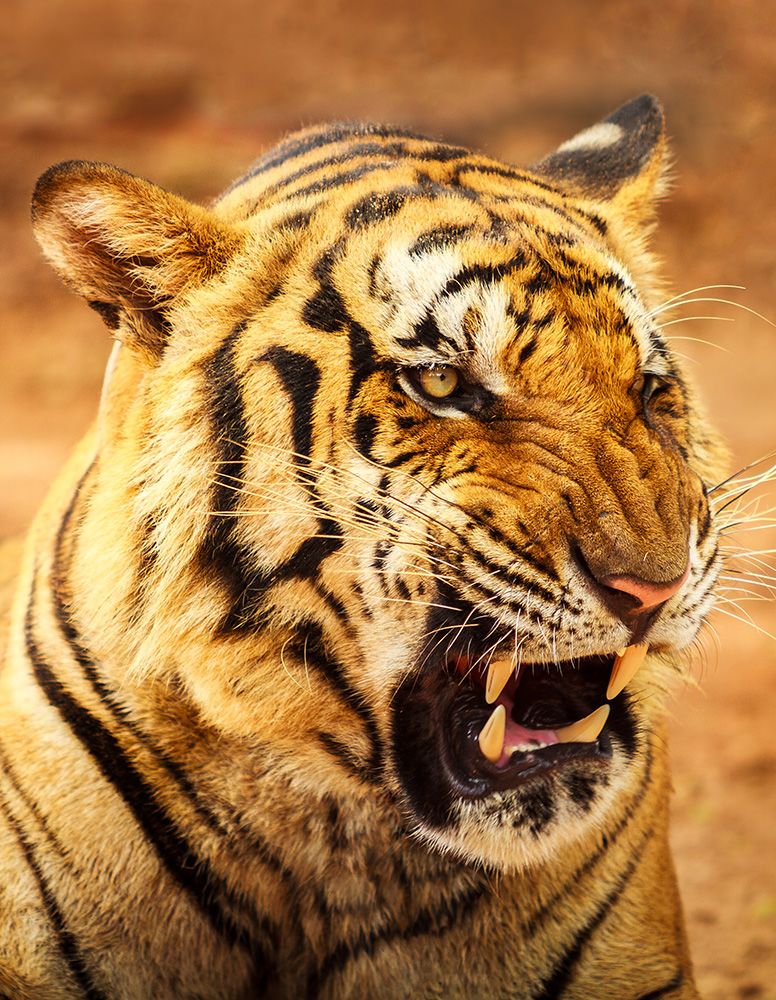
Photo by Shutterstock
Photo by Shutterstock
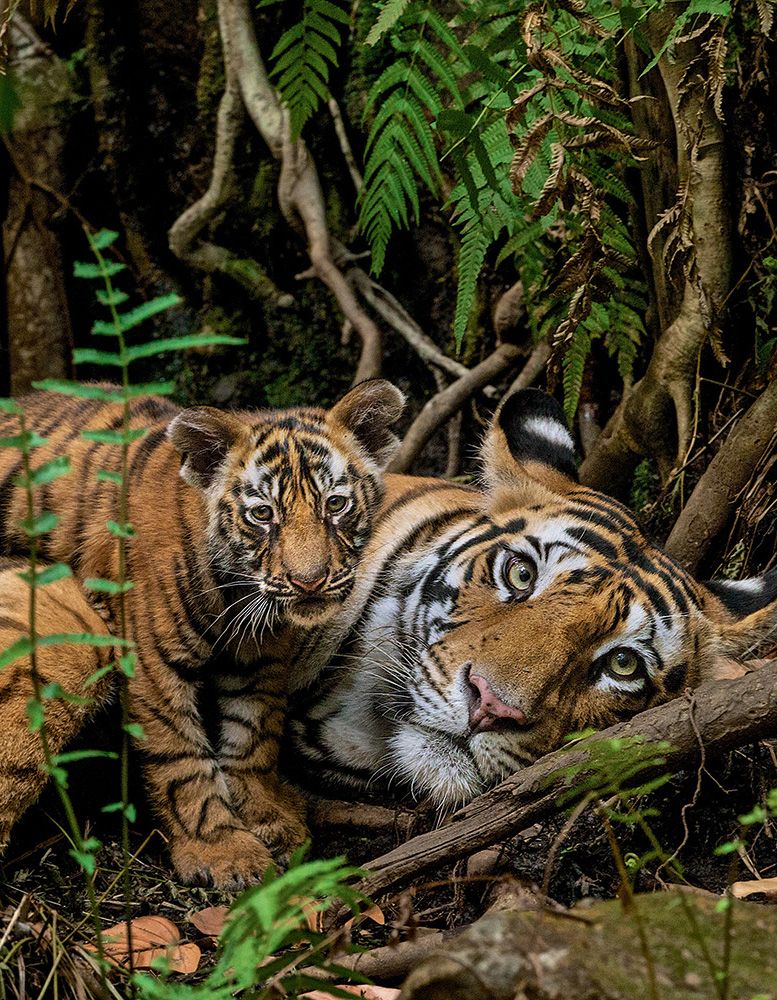
Photo by Steve Winter
Photo by Steve Winter
Lions

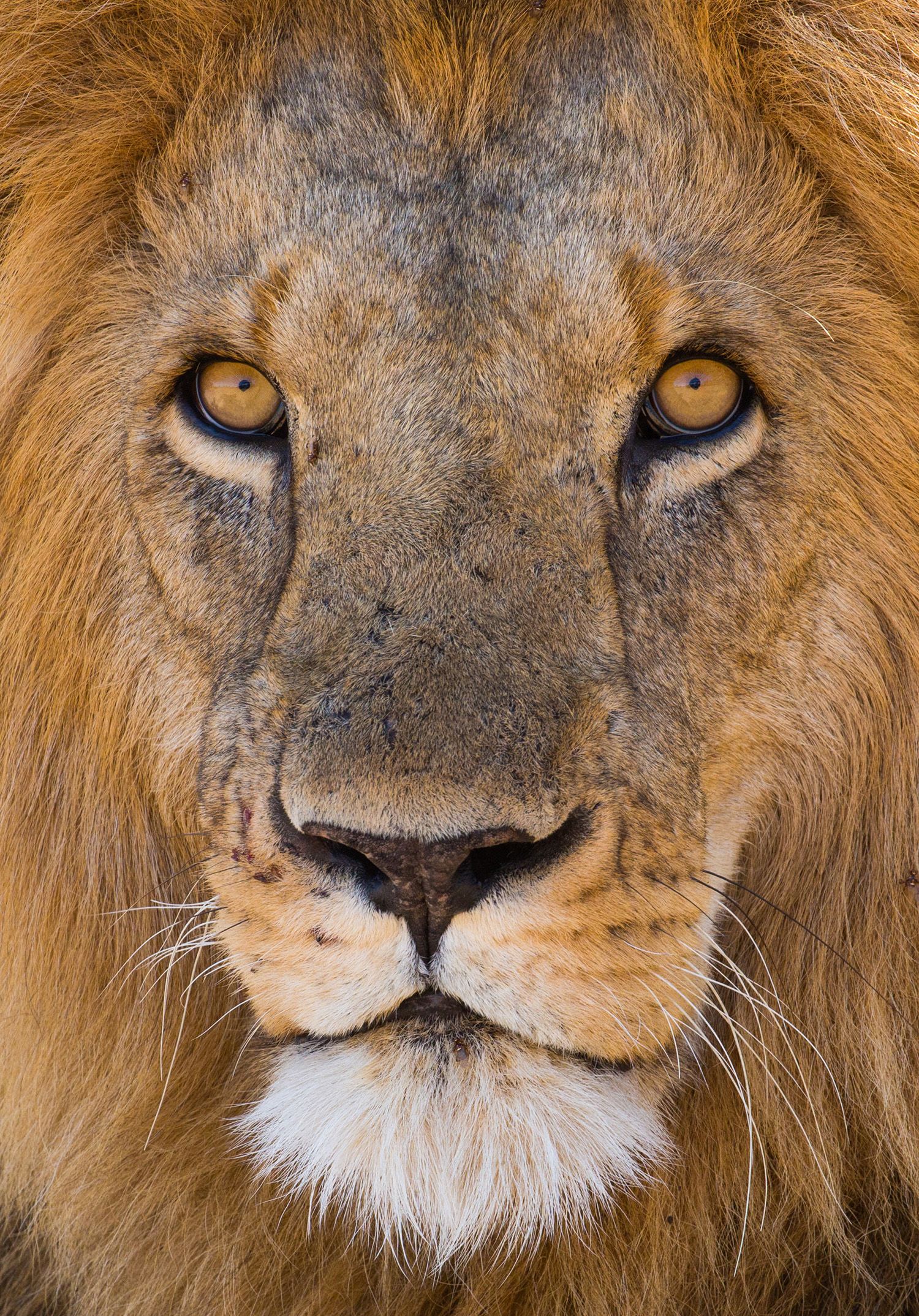
Photo by Graeme Green
Photo by Graeme Green
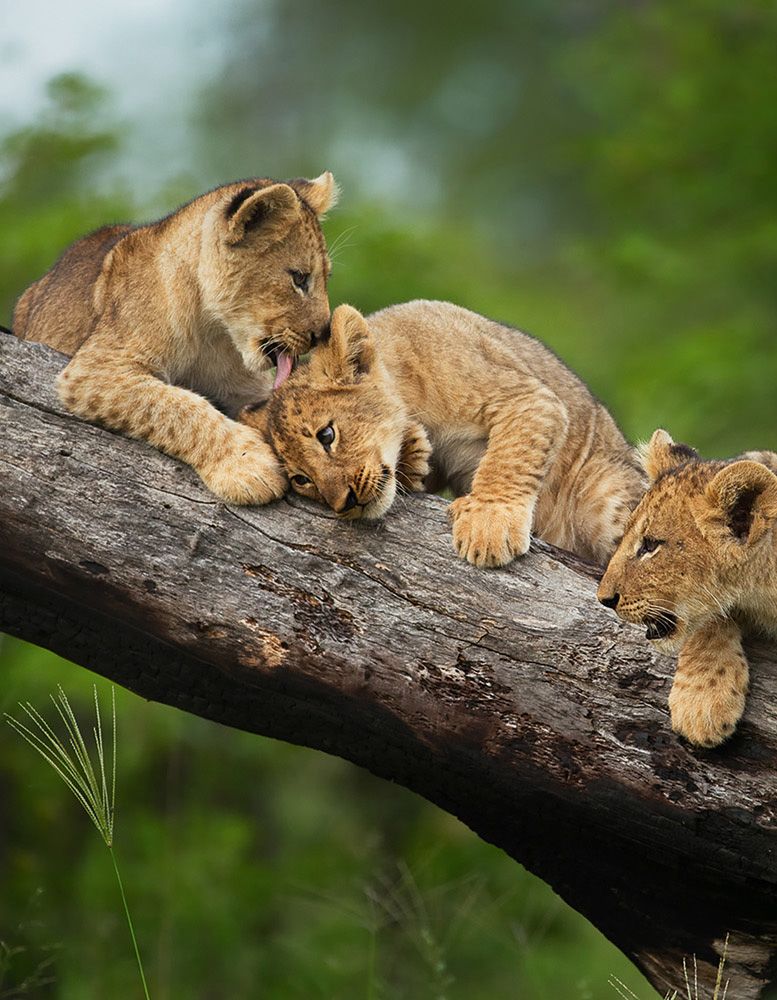
Photo by Carole Deschuymere
Photo by Carole Deschuymere
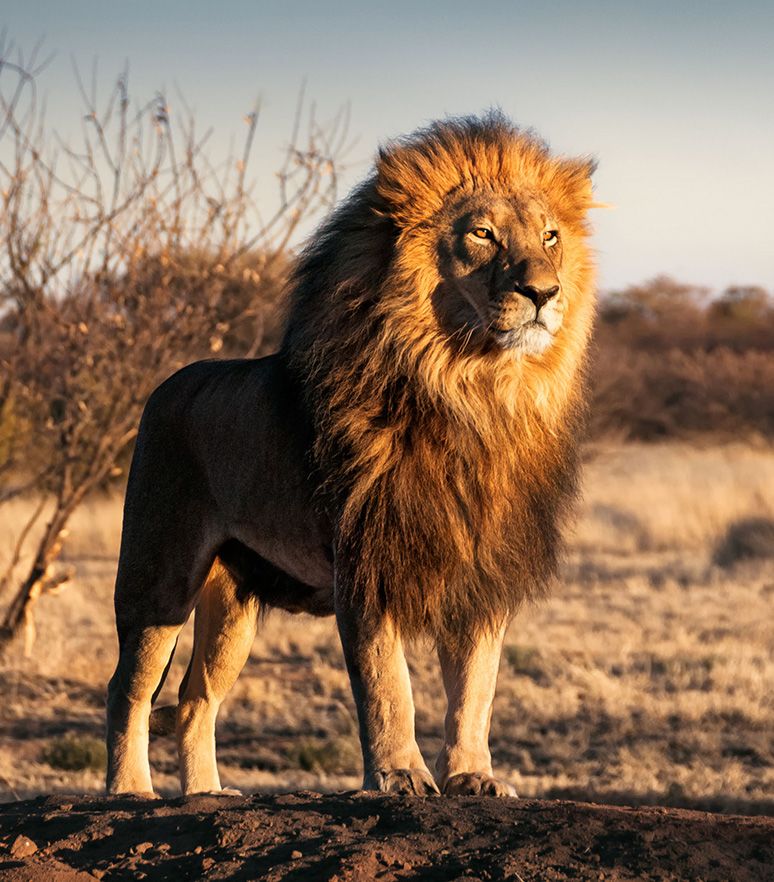
Photo by Shutterstock
Photo by Shutterstock
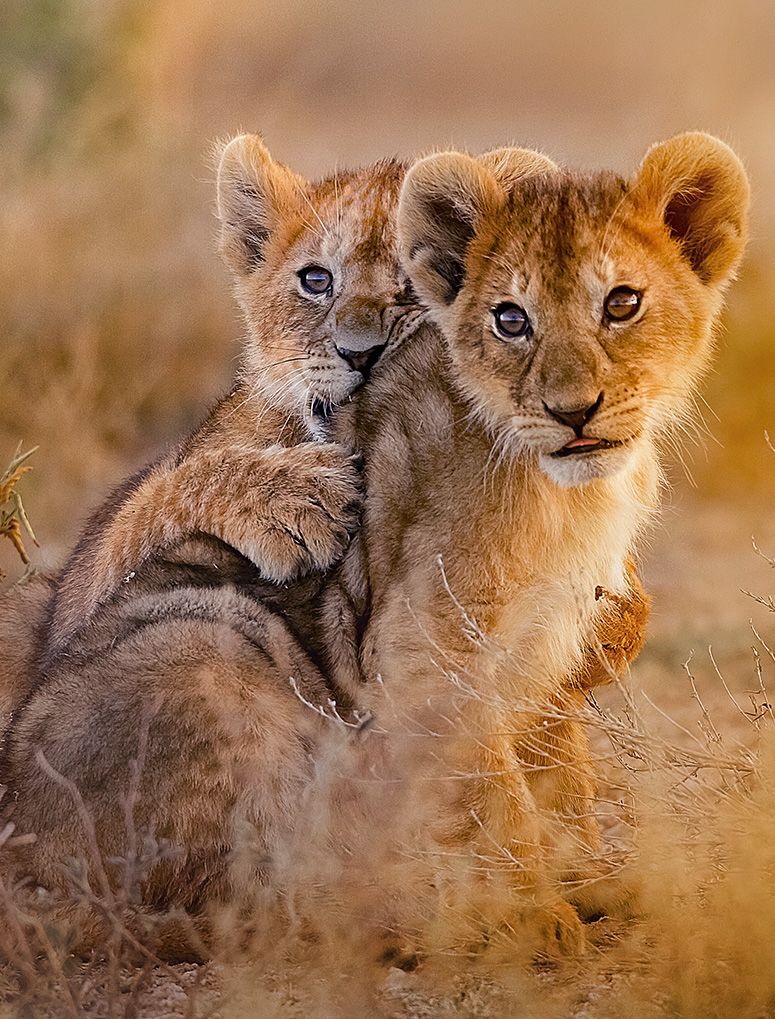
Photo by Shutterstock
Photo by Shutterstock
Lions are apex predators, at the top of the food chain, and help maintain a balance with prey species, including herbivores that would otherwise over-run and degrade vegetation. This symbiotic relationship lies is now at risk.
African lion numbers have declined by about half in the last 25 years. Recent estimates suggest there are only around 20,000-25,000 remaining in the wild, although there could be fewer than 20,000. Bushmeat hunting (which reduces lions’ prey), habitat loss and human-wildlife conflict are the main threats, with expanding human populations, agriculture and development steadily encroaching into established lion habitats. The poaching of these big cats for body parts, for traditional practices in Africa or the Asian medicine market, has also emerged as a threat.
Outside of Africa, lions are only found in Gir National Park in India, where there are around 670 lions. Previously the Asiatic Lion’s territory had stretched from the Middle East all the way through India into Pakistan.
Graeme Green
Photographer and Founder, The New Big 5 Project
“Lions are powerful animals, but also capable of gentle, affectionate behaviour. Maybe because they look so strong, many people think they’re doing fine, but their numbers are declining rapidly. I hope we can help turn the tide for lions and other species, all of which are too valuable to lose.
“Great photography has an emotional power. It can get people to stop and pay attention. It can draw them into a story, get them involved, and in some cases change the outcome of a story. Photos can be reminders of what is at stake and what we have to lose, if we don’t protect the wildlife we share the planet with.”
Did you know?
A lioness is usually a pride’s main hunter. The male lion’s role is to protect the pride. Lions love to hunt at night and also during storms, when noise and wind distract prey animals, making it less easy for them to detect incoming danger.
Best place to see lions
Kenya’s Mara Conservancies not only support local communities and conservation efforts but they are world class locations for photographing big cats, including lions. The Ultimate Travel Company offer eight nights, staying at Kicheche Mara Camp in Mara North and Valley Camp in Naboisho, from £4,295pp;
theultimatetravelcompany.co.uk
Botswana’s Moremi Game Reserve, on the western side of the Okavango Delta, is known as the world’s predator capital, a fantastic place to see lions, especially in the floodplain areas where abundant prey is found. Exodus Travels take in Moremi, the Okavango Delta and the salt flats of Makgadikgadi Pans on their 14-day Wildlife and Wilderness of Botswana trip, from £2,799; exodus.co.uk
To see the Asiatic lions in the wild, you need to head to Western India and Gir NP, also home to sloth bears, cobras and striped hyenas. A three-day trip to Gir is included in Audley Travel’s 12-day Wildlife In Gujarat itinerary, from £3,720pp; audleytravel.com
Elephants

Elephants are the largest living land mammals on Earth. Intelligent and emotional animals, they’ve even been known to mourn the deaths of other elephants.
However, there are only an estimated 447,500 left on the planet, including 415,000 African elephants (down from 1.2 million in the 1970s) and 30,000-35,000 Asian elephants. You can tell the two species apart from the fact that African elephants have bigger ears and rounder heads than the twin-domed headed Asian elephants, and are often much larger too.
For the first time, the IUCN recently listed the African forest elephant as ‘Critically Endangered’ and the slightly larger African savanna elephant (or African bush elephant) as ‘Endangered’, following dramatic population declines over several decades. An estimated 55 African elephants per day are still being killed by poachers, with habitat loss the other big factor.
The total number of Sumatran elephants – one of the three sub-species of the Asian Elephant – is estimated to be around 1,400, with potentially only 10 years to save them.
Iain Douglas-Hamilton
Founder, Save The Elephants
“Elephants face severe threats to their existence. It’s vital to get rid of the demand for ivory. We need to stop the killing, stop the trafficking and decrease the demand for ivory. Habitat loss is another serious challenge, linked to human-wildlife conflict, in which elephants are often killed or injured. We need to preserve wild spaces and corridors where elephants can roam freely and safely. Africa’s elephants are still endangered and their future is far from assured. They could be lost in a human lifetime unless humanity cares enough to prevent this from happening.”
Did you know?
Elephants are ‘ecosystem engineers’ that perform vital jobs to modify landscapes and allow biodiversity to flourish, including spreading seeds to plant more trees via their dung. Elephants can deposit upwards of 150kg of dung daily.
Best places to see elephants
Amboseli National Park, Kenya, already one of the best places in the world to view elephants, is enjoying a calving boom, with just over 226 elephant calves born in 2020. Yellow Zebra Safaris have a tailor-made 7-day multi-destination safari that includes Amboseli and the Maasai Mara from £3,694pp, staying in two Elewana camps; yellowzebrasafaris.com
Chobe National Park in north-west Botswana is home to the largest elephant population in the world, with more than 100,000 Kalahari elephants. Llama Travel have a 14-day Delta Mobile Safari & Victoria Falls multi-destination trip that costs from £3,749pp; llamatravel.com
Hwange National Park in Zimbabwe is also famous for their local giants, who lumber alongside endangered African wild dogs and other wildlife. Natural World Safaris take in Hwange on their 8-day Victoria Falls And Hwange Painted Dog Safari trip; from £3,060pp; naturalworldsafaris.com
Outside of Africa, Sri Lanka’s Udawalawe National Park is home to some of Asia’s largest elephants, as well as a ‘transit home’ that rehabilitates orphans and injured elephants and releases them back into the wild. Selective Asia’s 14-day An Insider’s Sri Lanka adventure spends time in Udawalawe; from £2,447; selectiveasia.com
PHOTO TIP – 'Get low'
“I prefer lower angles on my photos, so I recommend people try to keep as low as they can. Otherwise, photos tend to be looking down on animals. Lay down in the jeep or hold your camera low from you, so you can turn your screen. But never go outside or close to the elephants unless you have a ranger, as it can be dangerous to both you and the elephants.”
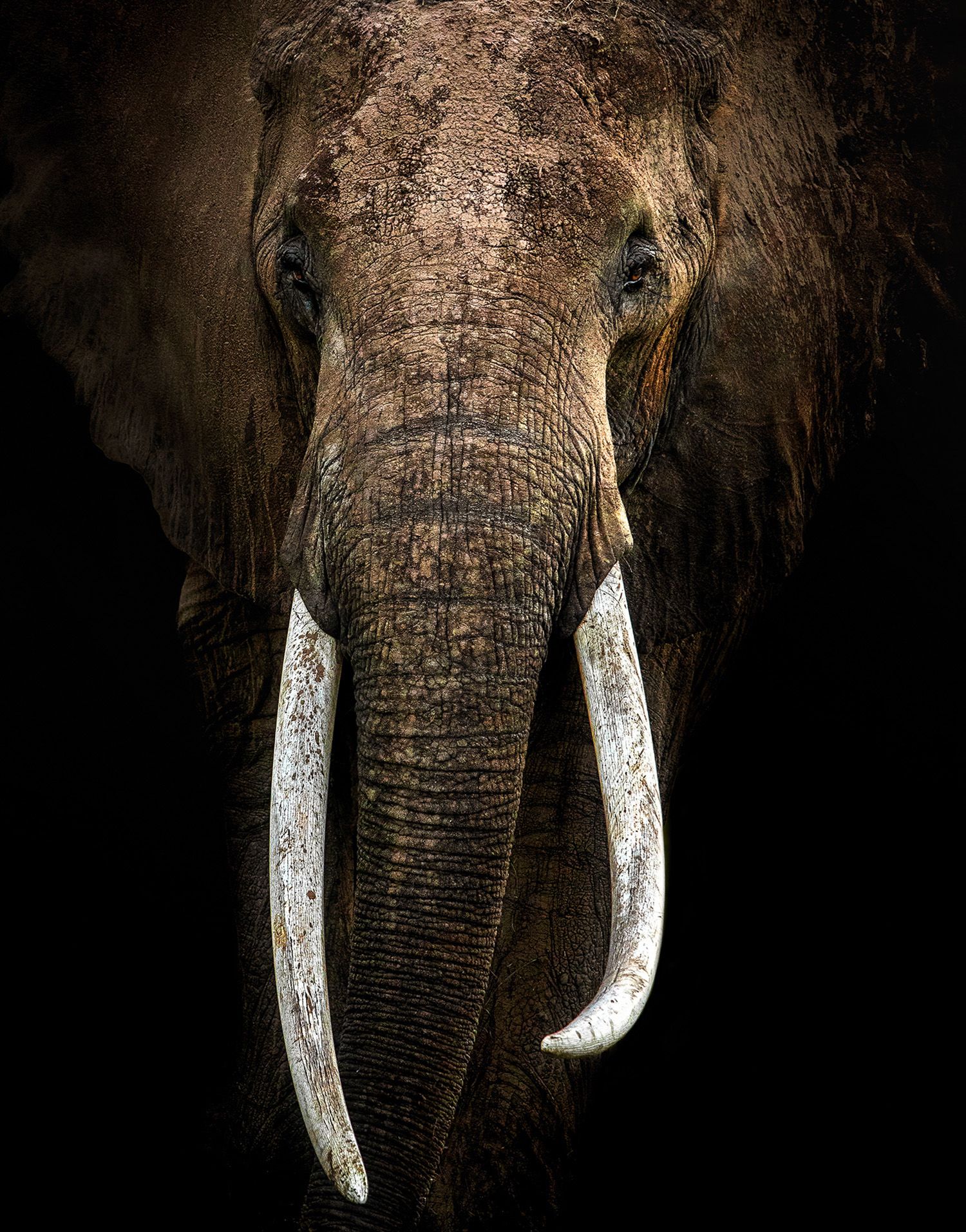
Photo by Marina Cano
Photo by Marina Cano
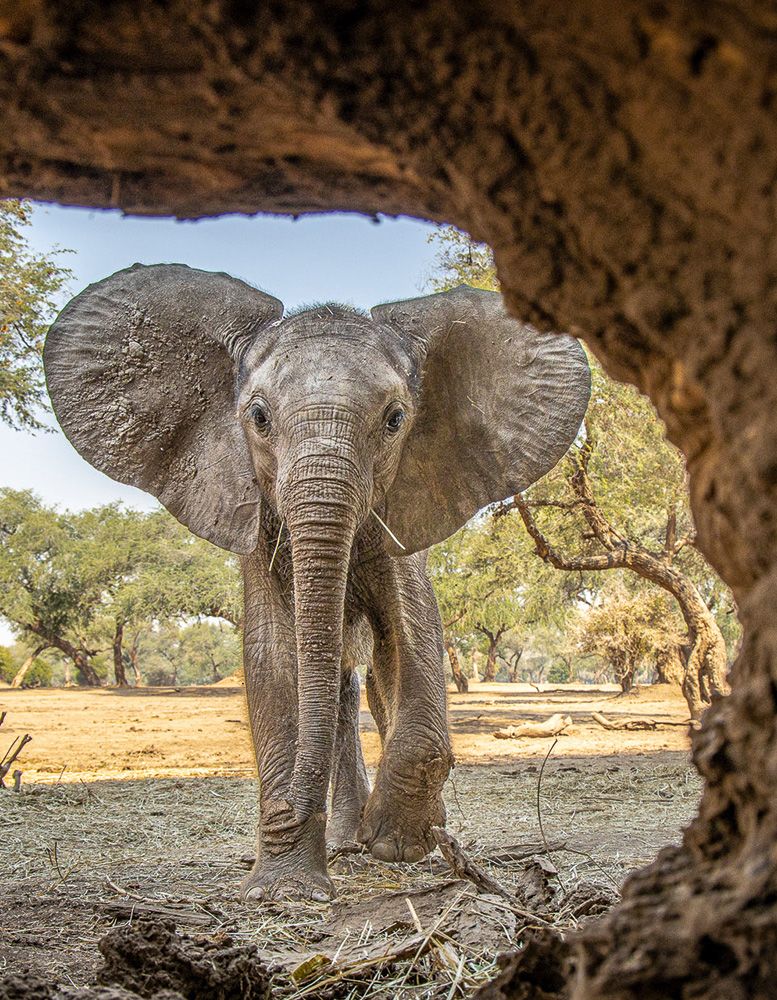
Photo by Tom Svennson
Photo by Tom Svennson
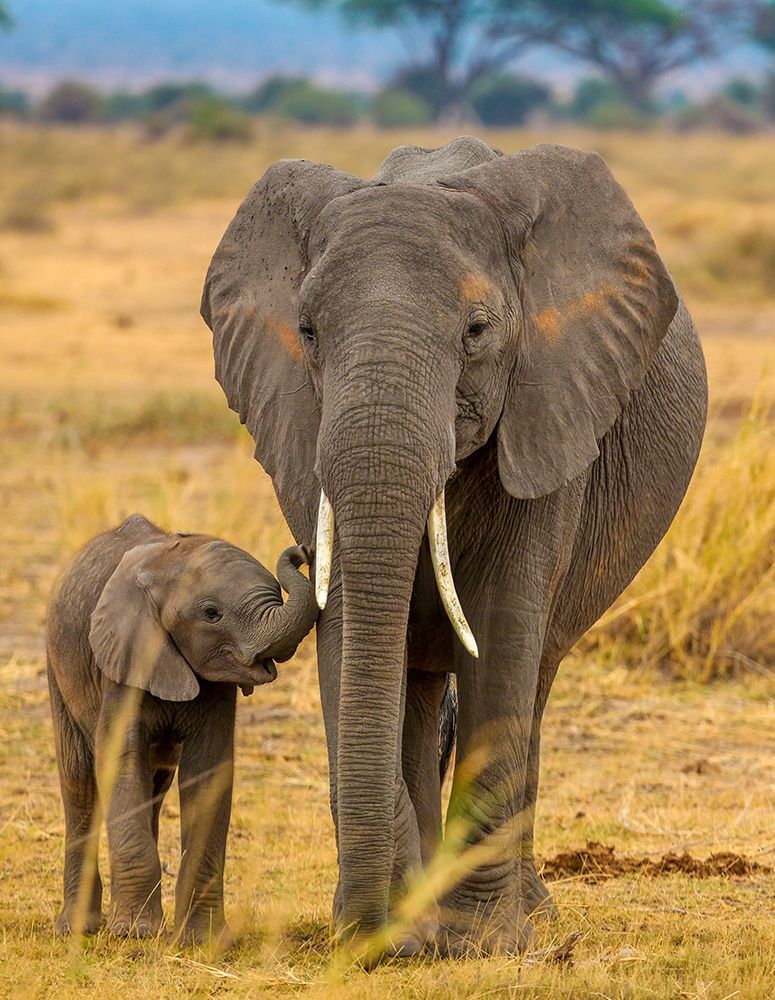
Photo by Shutterstock
Photo by Shutterstock
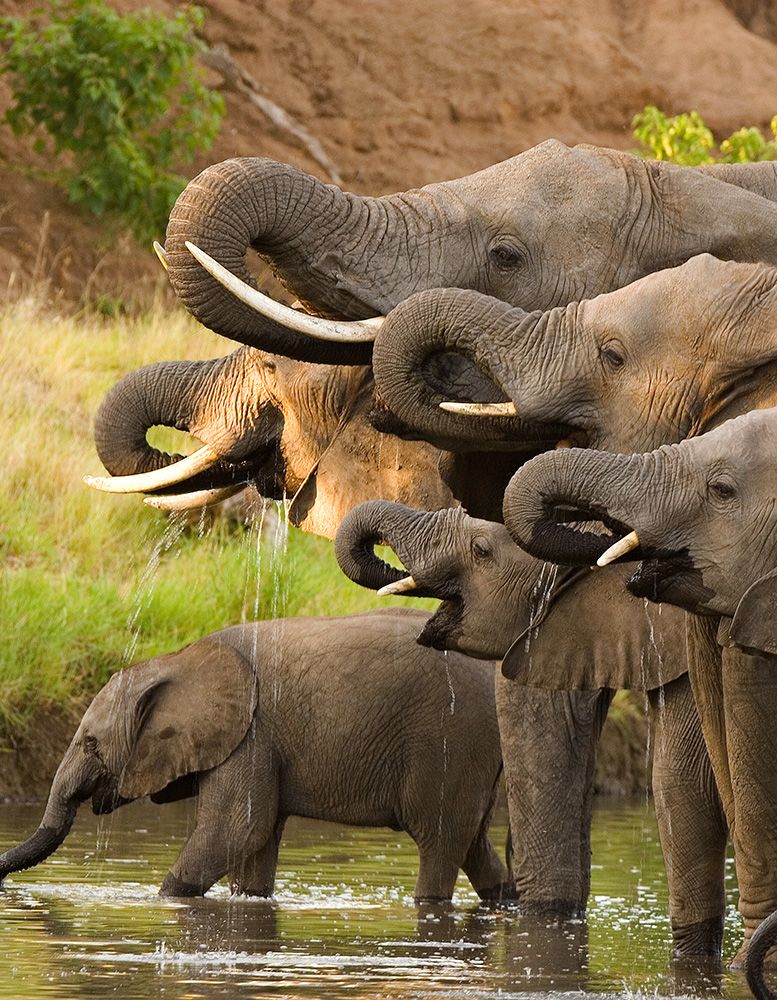
Photo by Shutterstock
Photo by Shutterstock


